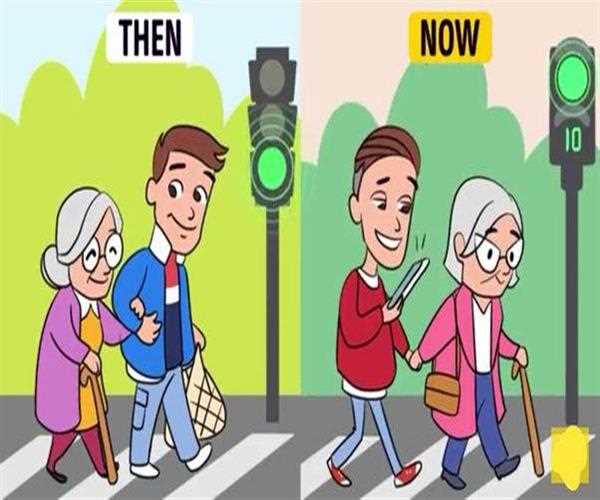
01-Apr-2023
Is India will be returned to its origin lifestyle in 100 years?
India is a land of diverse cultures, traditions, and lifestyles. Its history spans thousands of years, with numerous empires, dynasties, and kingdoms that have left their mark on the country. India has always been known for its ancient and traditional lifestyle, which is deeply rooted in its culture and religion. However, in the last century, India has undergone significant changes, both in terms of economic development and social transformation. With this transformation, the question arises: Is India going to return to its original lifestyle in 100 years?
India's Original Lifestyle
India's original lifestyle can be traced back to ancient times. The Indus Valley Civilization, which flourished around 2600 BCE, was one of the earliest civilizations in the world. The people of this civilization were known for their advanced urban planning, water management, and sanitation systems. The Vedas, the oldest Hindu scriptures, were written during this period and are still considered an important source of spiritual and cultural knowledge.
The next major civilization in India was the Mauryan Empire, which ruled from 321 to 185 BCE. The Mauryan Empire was known for its religious tolerance and social welfare policies. Emperor Ashoka, who ruled from 269 to 232 BCE, is still revered for his policies of non-violence, religious tolerance, and social justice.
The Gupta Empire, which ruled from 320 to 550 CE, was known for its artistic and cultural achievements. The Gupta period is often referred to as a "golden age" in Indian history, as it was a time of great prosperity and creativity.
During the medieval period, India saw the rise and fall of several empires, including the Delhi Sultanate and the Mughal Empire. The Mughal Empire, which ruled from 1526 to 1857, was known for its architectural achievements, including the Taj Mahal. It was also a time of great cultural exchange, with Persian and Central Asian influences entering Indian culture.
India's modern lifestyle
The 20th century saw significant changes in India's lifestyle. After gaining independence from British rule in 1947, India embarked on a path of economic development and modernization. The Green Revolution, which began in the 1960s, brought significant improvements in agricultural productivity, leading to increased food security and reduced poverty.
The 1990s saw India opening up to the global economy, with economic liberalization policies that led to significant growth in industries such as IT and manufacturing. This led to a significant increase in urbanization and a shift towards a more modern lifestyle.
Today, India is a rapidly developing country, with a thriving economy and a young, aspirational population. The country is home to some of the world's most innovative startups, and its tech industry is growing rapidly. However, this rapid modernization has also led to significant challenges, such as environmental degradation, income inequality, and social upheaval.
Returning to India's Original Lifestyle
Given the challenges posed by modernization, many people in India and around the world are advocating for a return to India's original lifestyle. They argue that traditional practices, such as organic farming, Ayurvedic medicine, and yoga, are more sustainable and healthier than modern practices. They also argue that a return to traditional values, such as respect for elders and community-oriented living, would lead to a more harmonious society.
Comparison
Traditional lifestyle has not scientific facts. People are talking to each other and their lifestyle is very simple and healthy. Now modern india is biased towards facts based knowledge. They make their life very unhealthy. Eating oily foods, talking continuously with friend on phone call, prioritizing social media activities due to technology upgradation and wasting their time.
In a nutshell, returning to India's original lifestyle is not a straightforward process. For one, India's population has grown significantly in the last century, from around 238 million in 1900 to over 1.3 billion today. Traditional practices such as subsistence agriculture may not be able to support such a large population, and modern practices such as industrial agriculture may be necessary to meet the country's food needs.

SEO and Content Writer
I am Drishan vig. I used to write blogs, articles, and stories in a way that entices the audience. I assure you that consistency, style, and tone must be met while writing the content. Working with the clients like bfc, varthana, ITC hotels, indusind, mumpa, mollydolly etc. has made me realized that writing content is not enough but doing seo is the first thing for it.
Join Our Newsletter
Subscribe to our newsletter to receive emails about new views posts, releases and updates.
Copyright 2010 - 2026 MindStick Software Pvt. Ltd. All Rights Reserved Privacy Policy | Terms & Conditions | Cookie Policy